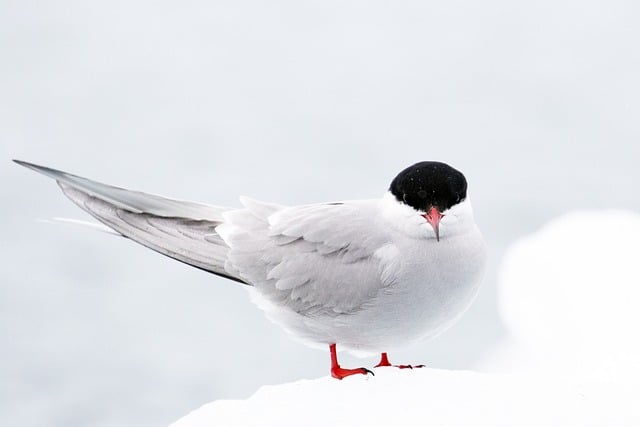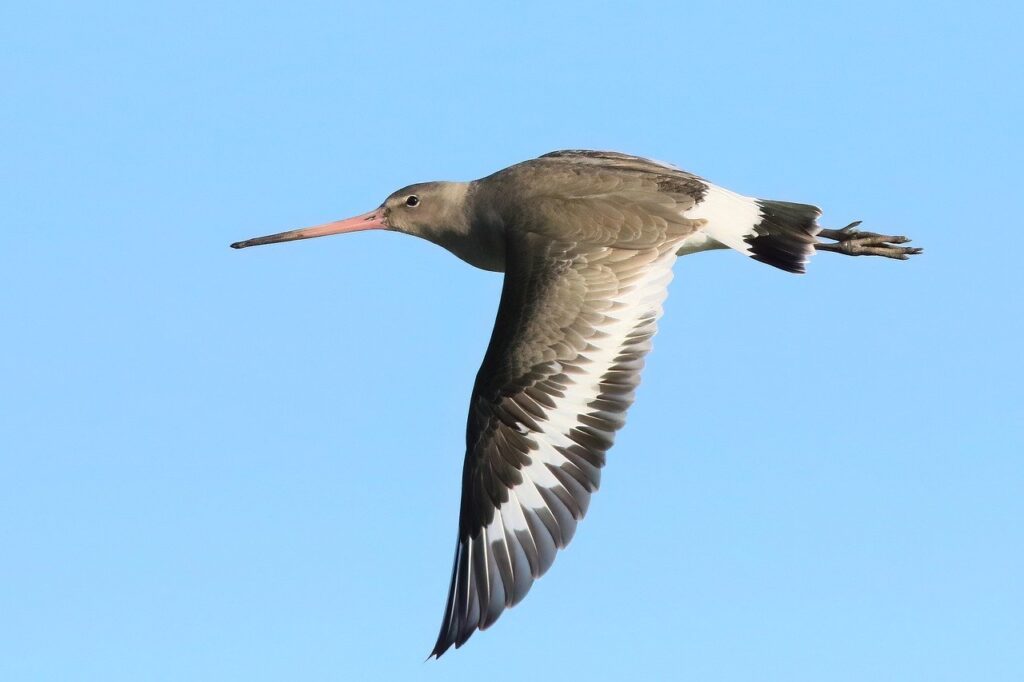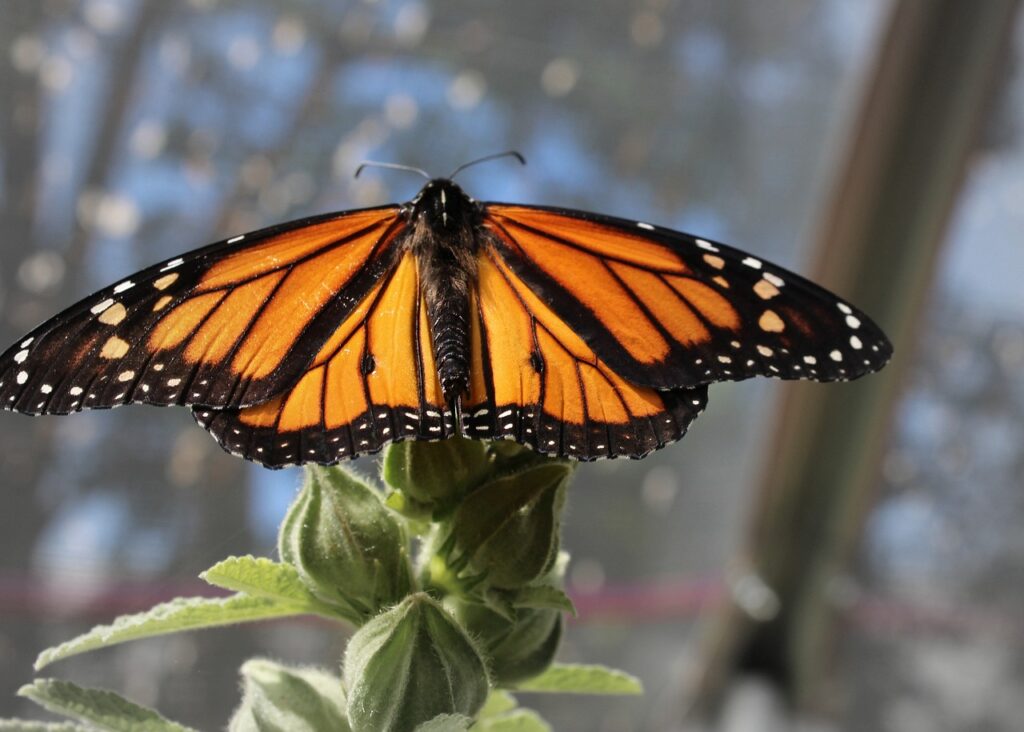Introduction
Migration of birds is perhaps one of the most interesting natural processes where birds so marvelously demonstrate their stamina and directions sense.
This kind of migration can cover as many as thousand of miles at times depending on the bird and this can cross continents or even oceans.
Learning these patterns not only contributes to the identification of life cycles of birds, but also enriches awareness of the need for preserving their environment.
What is Bird Migration?
Definition and Basic Concepts
Migration of bird as defined concerns the periodic and cyclical movement of birds in a bid to get to either their breeding or wintering quarters.
This movement is usually triggered by alterations in food supply, climatic conditions, and reproduction requirements.
Historical context of migration of bird studies.
The concepts of annual cycle and migration of birds used by the early naturalists when observing the changes in the avifauna.
New technologies have then enabled people to capture migration in more intricate ways thus getting to discover other features of migration routes and patterns.
Types of Migration of Bird
Latitudinal Migration
This is the common one where birds shift latitudinally either in the Southern to the Northern Hemisphere or the other way round normally from breeding to wintering areas.
Altitudinal Migration
Some species have a vertical migration, when they go up to the mountaintops in summer and go down to the valleys in winter.
Long-Distance vs. Short-Distance Migration
Migrants can be long-distance, for instance, the Arctic Tern moves about 25,000 miles or short distance movers and may only cover between few hundred miles.
Why Do Birds Migrate?
Seasonal Changes and Weather
Birds do migrate to follow the abundance in the various food resources that are available all through the year. Mild weather during winter increases availability of food and climate is not severely cold.
Breeding and Nesting
Some birds fly to certain places that can best be utilized in providing nesting and rearing of their young ones.
Food Availability
Through the year, especially with a change in weather, food sources in the bird’s environment may diminish causing the necessity of migration to areas of plenty of food.
How Do Birds Navigate?
Magnetic Fields
Various species of birds are aware of the earth’s magnetic field, and this enables them to migrate long distances.
Solar and Stellar Cues
Most species of the animals depend on the position of the sun during the day and the stars during the night to check their direction.
Landmarks and Memory
Birds also use the key places or relevant visual cues and the given Working memory of prior trips.
Famous Routes for Migration of Bird
The Pacific Flyway
Running from Alaska to Tierra del Fuego, it is flown through by millions of birds annually.
The Atlantic Flyway
This path moves through the eastern side of the North America and continues to the Caribbean and South America.
The East Asian-Australasian Flyway
This route stretches from Siberia and Alaska to Australia/ New Zealand.
Challenges Faced During Migration of Bird
Natural Predators
Migration exposes the birds to predators who may grab good opportunities when they see the birds at a close range.
Human Interference
Migration and habitat loss, including light pollution and hunting are the biggest dangers for migratory birds.
Climate Change
Migration can be affected due to the change in the weather patterns and the change in temperatures.
Conservation of Migratory Birds.
Protected Areas
The protection of areas covering the routes of the migratory birds is important in order to allow the birds to find resting and feeding grounds that are safe enough for them.
International Agreements
Such treaties as the Migratory Bird Treaty Act help in the cooperation of different states in avian conservation.
Community Involvement
Bird habitats are preserved from destruction by local communities mainly in terms of conservation and raising awareness.
Case Studies on Migration of Bird
The Arctic Tern
Famous, perhaps, for its extraordinary migrational path that starts in the Arctic and ends in the Antarctic area, during which the distance of approximately 40,000 kilometers is traveled.

The Bar-tailed Godwit
Currently, holds the record for the world’s longest non-stop flight, covering over 7000 miles going from Alaska to New Zealand.

The Monarch Butterfly
Although not a bird, the Monarch Butterfly which migrates from North America to Mexico is equally as interesting.

How Technology Helped Facilitate the Study of Migration of Bird
Satellite Tracking
Technological innovations in satellite tracking enable researchers to record bird’s movements in the real time.
Bird Banding
In the event, the attempts put in to monitor bird’s movements as well as its lifespan are attaching metallic bands of smaller sizes on the legs of birds with codes that are unique to every bird.
Citizen Science Projects
Project such as eBird allow birds’ observers to report a great amount of data concerning birds, including their movements.
Fascinating Facts Regarding Migration of Bird
Record-Breaking Journeys
The Arctic Tern has been known to be the most migratory bird venture traveling from the north pole to the south.
Unique Navigation Abilities
There are birds which have evolved the ability to sense the earth’s magnetic field through protein structures in their eyes.
Migration and Evolution
Migration has contributed a lot in the process of speciation in birds and mainly their morphological and ethological characteristics.
Global Warming: Affecting the Future for Migration of Bird
Impact of Urbanization
They can impact mainly through the expansion of urban areas, which often alters the migratory paths and the sleeping and feeding grounds of these animals.
Predictions and Trends
Climate change may result in behavior changes of some species with the respect to migration such as new routes as well as time schedules.
Science and Conservation
Continuous research and conservations are the key to eliminating ignorance and to protect the migratory birds in the ever-changing world.
Conclusion
Migration of Bird is another proof that these birds are so gifted, and able to adapt to different circumstances. Preserving their corridors and breeding grounds is essential for the species persistence and for maintaining the stability of the world’s ecosystems.
So, waiting for better times and getting acquainted with the actions that promote the preservation of subarctic bird habitats, we will be able to impress the new generations of people with the miraculous spectacle of the bird migration.
For a more detailed overview and concise notes on Ecology, including key concepts point wise to increase your understanding check out our digital product here. Our short notes for class 11 and 12 are designed to help you excel in your biology studies and ace your exams.
FAQ
What triggers migration of bird?
Some of the factors that make bird to migrate include change in day light factor, temperature, and food supply
In what extent can birds travel?
Migration can be from one geographical location to another and some birds, for instance, the Arctic tern migrates up to 25000 miles per year
Is migration a characteristic of every kind of bird?
In this case however, the answer to the question is no not all bird species migrate. Some are permanent and they are always in a particular region throughout one year or within a season.
How can people contribute to the issue of bird’s conservation?
People can assist by contributing to the conservation agencies, curtailing on habitat loss, or engaging in the citizen science
What challenges does it bring to migration of bird?
Migration is a dangerous period for birds and they are threatened on their way by factors such as predation, habitat loss, climate change among other problems caused by man for instance, light pollution and hunting.
